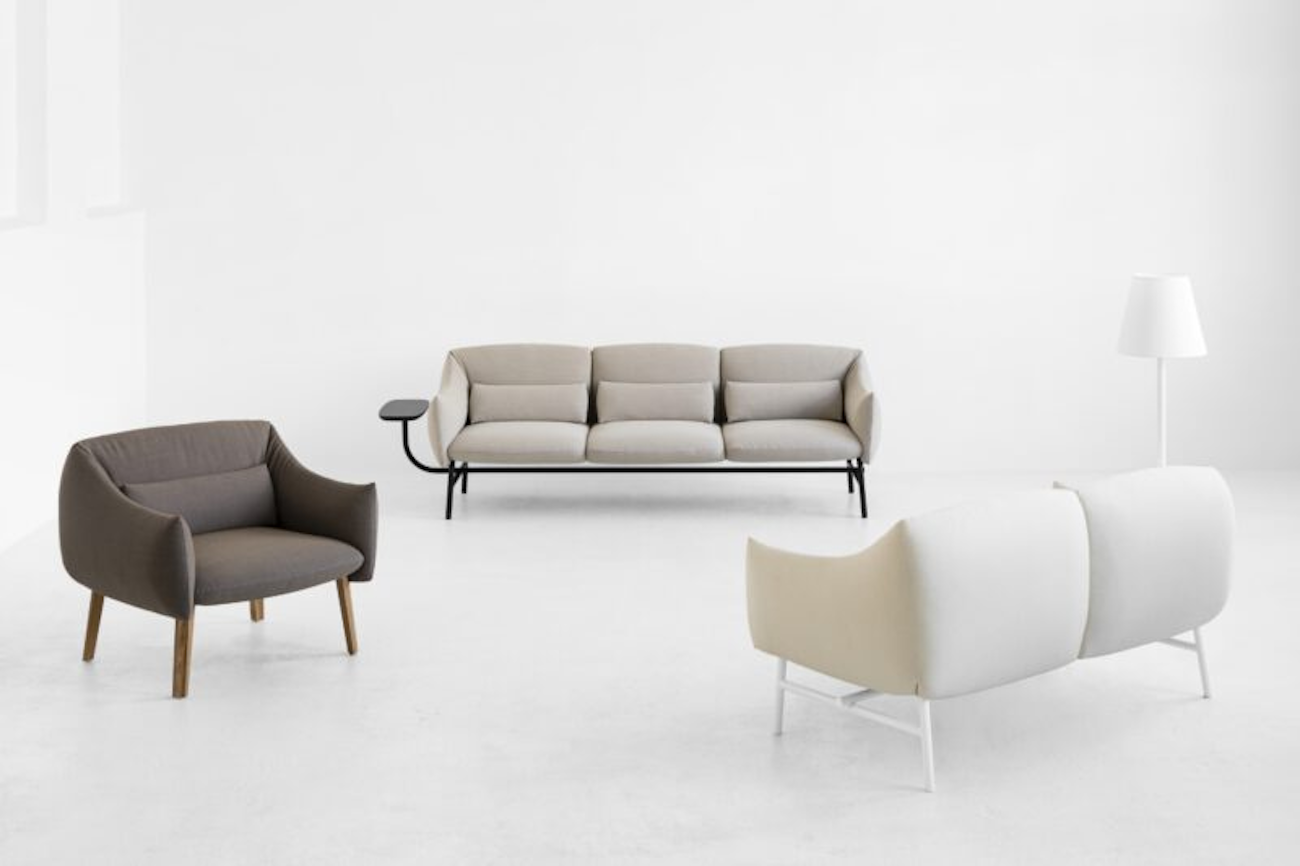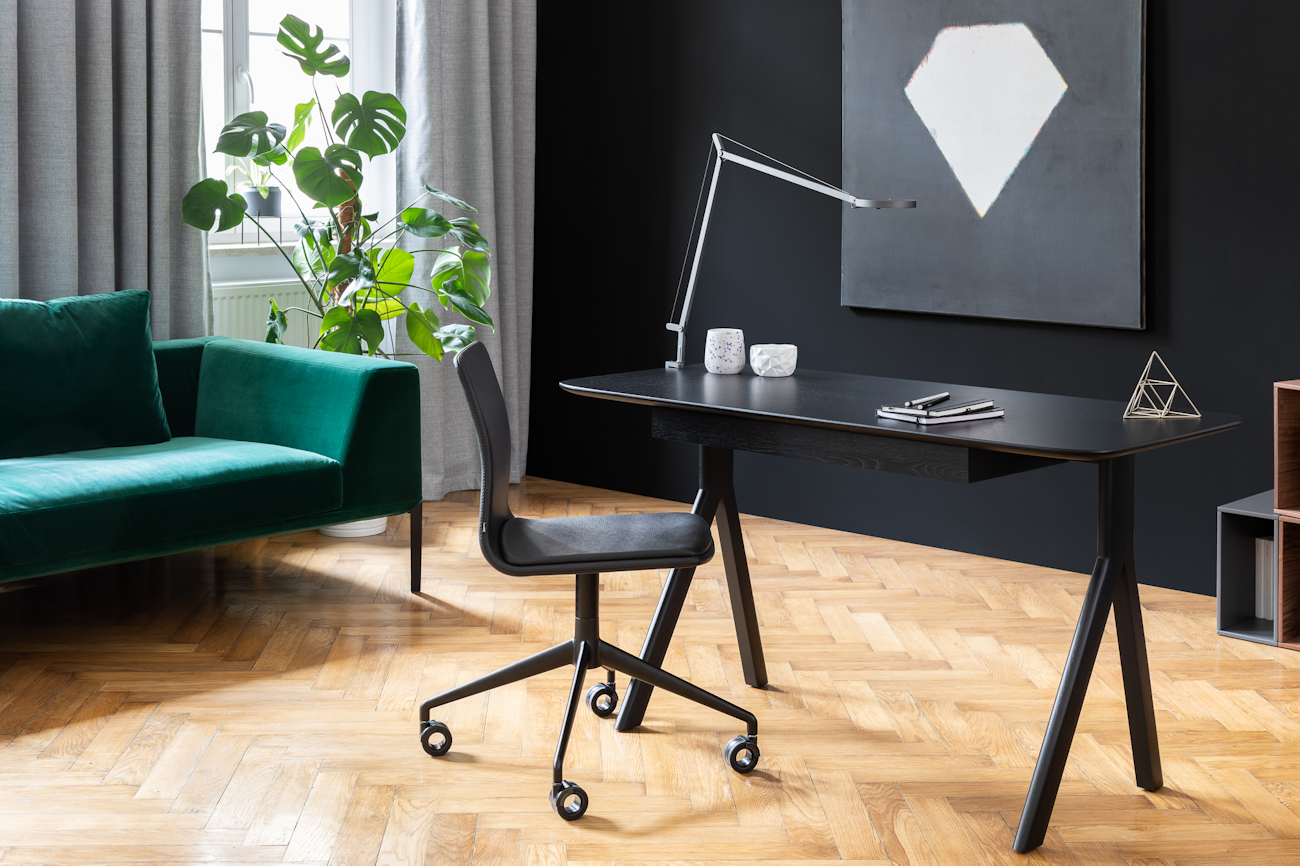Insights
How Ergonomic Is Your Chair? 5 Questions to Ask Yourself

Did you know that doing repetitive tasks at work, such as sitting at a computer, can cause muscle tension and lead to back pain? In 2020, a report by the World Health Organization highlighted that lower back pain affected a staggering 619 million people globally, making it the single leading cause of disability worldwide.
It's easy to overlook the impact of the simplest things, like the chair we sit in. But your chair is more than just furniture; it's a vital part of your daily comfort. In this blog, we invite you to take a moment and consider your seating preferences. Ask yourself these 5 questions and see whether your chair is the right fit for your lifestyle and well-being.

1. Does Your Chair Promote Natural Body Alignment?
The first and most important consideration in evaluating your chair's ergonomics is how well it supports your body's natural alignment. When seated, your feet should rest flat on the floor, and your knees should form a 90-degree angle. Your back should be supported, with the chair's lumbar support fitting into the natural curve of your lower spine. If your chair encourages this alignment, it's a positive step toward ergonomic comfort.

2. Is Your Chair Height Adjustable?
An often overlooked aspect of ergonomic seating is the adjustability of chair height. Your chair should allow you to customise its height to ensure that your eyes are level with the top of your computer monitor. This prevents strain on your neck and shoulders, reducing the risk of discomfort and musculoskeletal issues over time.

3. Does Your Chair Have Adequate Lumbar Support?
Lumbar support is crucial for maintaining a healthy posture and preventing lower back pain. Check if your chair provides sufficient support to the natural curve of your lower spine. If not, consider using a lumbar pillow or investing in a chair designed with built-in adjustable lumbar support. Adequate lumbar support contributes significantly to the overall ergonomic quality of your chair.

4. Are Armrests Aligned with Your Workspace?
Armrests are essential components of an ergonomic chair, providing support and reducing strain on your shoulders and arms. Ensure that your chair's armrests are aligned with your workspace, allowing your arms to rest comfortably while typing or using a mouse. Adjustable armrests are ideal, as they enable you to customise the height according to your needs, promoting a relaxed and ergonomic seating position.

5. Does Your Chair Encourage Movement?
Sitting in the same position for extended periods can lead to discomfort and stiffness. An ergonomic chair should encourage movement. Consider whether your chair allows for swivelling or rocking, enabling you to change your sitting position throughout the day. Movement not only prevents fatigue but also enhances blood circulation and reduces the risk of developing musculoskeletal issues associated with prolonged sitting.
Here’s What We Recommend:
Now that you've looked into whether your current chair meets essential ergonomic features, let's shift our focus to the Hunt chair – our newest and most comfortable seating solution. The Hunt chair excels in merging style with comfort to meet your everyday sitting needs effortlessly. Ideal for those extended work hours, its synchronized backrest and seat movement ensure superior support and comfort. Plus, it's crafted with innovative materials like carbon fiber and eco-friendly thermoplastics, embodying a design that's not only elegant but also inspired by nature, adding functionality to the mix.

In Conclusion
Experience the comfort and style of the Hunt chair firsthand! Upgrade your workspace with a chair designed for your well-being and productivity. Contact our expert team today to learn more and schedule a trial.